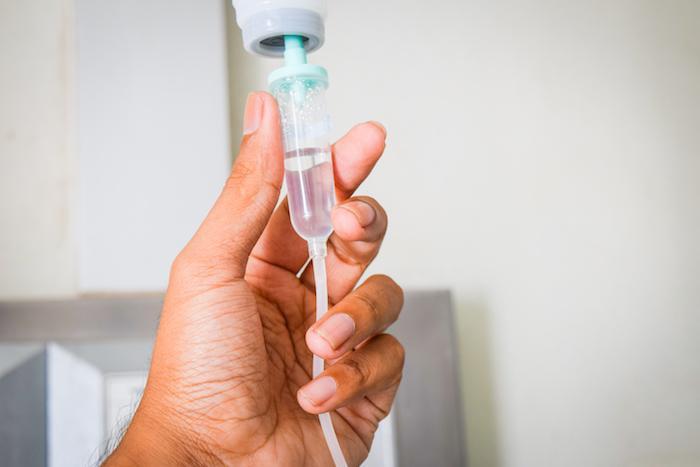At Taneet Clinic, we understand the crucial role essential nutrients play in the proper functioning of our bodies. In today’s fast-paced world, constant demands can deplete these vital stores, even with a healthy diet. Although essential, dietary vitamins often fail to meet the required quantities needed to effectively recover from acute illnesses, combat chronic stress, or overcome sleep deprivation.
IV therapy offers a superior solution by administering vitamins directly into the bloodstream, bypassing the digestive system for optimal absorption. This method ensures that your body can immediately utilize the nutrients it needs. Additionally, the infusion includes fluids that help restore hydration levels and assist in flushing out toxins. For sustained benefits, it is important to maintain good hydration in the days following your vitamin infusion to continue the detoxification process.
Benefits of IV Therapy
During your IV therapy session at Taneet Clinic, our nurse practitioner will first assess your health status to determine the most beneficial treatment for you. The procedure begins with the practitioner inserting a plastic catheter into a vein, a straightforward process. As the vitamin solution is infused, you may feel a cooling sensation. It’s important to communicate with your practitioner if you experience any discomfort during the infusion.
Some patients report a metallic taste in their mouth, primarily from the B vitamins circulating in the bloodstream, which is completely normal. Please let your practitioner know if this sensation is uncomfortable. The entire infusion process typically lasts about 45 minutes to an hour.
After the infusion, the IV is removed, and the nurse practitioner will apply a bandage, which can usually be removed within 30 minutes. Continuing to drink fluids after your treatment is crucial for helping flush out toxins bound by some of the vitamins. You may notice a vitamin-like smell in your perspiration, which should resolve within a day, and your urine may appear darker than usual—both normal occurrences.
Should you have any questions, comments, or concerns after your treatment, please do not hesitate to contact our office.
